We May All Be Psychic: Data From 14 Year Global Consciousness Study Released
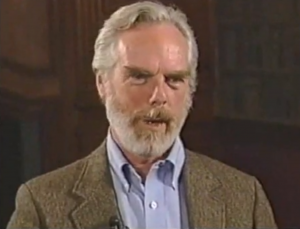
Dr. Roger Nelson believes that random number generators can provide evidence of a “global consciousness”
The original title of this post was going to “Highly Significant Data of 14 Year Global Consciousness Study Shows Evidence of Synchronicity”, but that was kind of a mouthful. Besides, I actually wanted people to read this, because the results of this study can’t really be understated: there is “highly significant” evidence that we may all be psychically linked.
Researchers for the Global Consciousness Study just released their data collected from August 1998 to this, the first month of 2013, and their findings, while nowhere near complete, show hugely significant evidence that we all may be far more connected than we think. The data (which can be read here), might be a little intimidating to make sense of at first, but here’s the basic gist of how it all works and what it all means:
14 years ago the creators of the Global Consciousness Project began placing random number generators all across the world. They call these generators “eggs”. As of now, there are around 60 of these eggs located in Europe, the US, Canada, India, Fiji, New Zealand, Japan, China, Russia, Brazil, Africa, Thailand, South America, and Australia. The purpose of these eggs is to constantly spit out random numbers. Meanwhile, devices are also spitting out “guesses” to what those random numbers could be. They call this the “expected randomness” and they’re figured using some crazy math I couldn’t possibly understand. The researchers then measure how often the random numbers and the guesses match.
So, to simplify things even further, imagine that each egg is flipping a coin and trying to guess the outcome. Each time they guess correctly, they consider it a “hit”. The eggs do this 100 times every second. You would expect that, with enough attempts, you’d break even at about 50/50, right? Well here’s where things get interesting..
ADVERTISEMENT
The GCP has found that they start getting tons of hits, far more than pure chance should allow, coinciding with “global events”. For example, just hours before the first plane hit the towers on 9/11, researchers began noticing huge spikes in the number of hits received, an anomaly they first saw when Princess Diana died. These spikes continued to appear around airplane crashes, volcanic eruptions, tsunamis, and even events like the opening ceremony of the Olympics. Once this pattern began emerging they did what anyone would do: they started taking a closer look at the numbers surrounding global events, holidays, and tragedies.
Despite skeptics insisting that analyzing randomness is pointless, retired Princeton scientist and head of the GCP Dr. Roger Nelson has kept the project running for a decade and a half, and surprising data just keeps coming. In fact, the results they just released are so far above chance it’s actually kind of shocking. Over the 426 pre-determined events measured in the entirety of the project, the recorded probability of a hit was greater than 1 in 2. Way more. Their hits were measuring in at an overall probability of 1 in a million.
Their official word is that these numbers are “highly significant”, but what they’re really saying is “holy shit, you guys..”
Does this explain things like deja vu? That feeling you get when you just know a friend is going to call you and suddenly your phone rings? Those “bad vibes” that make you take another route home only to find your normal trajectory featured on the 6′ o’clock news? Thinking bigger, could this kind of data eventually be used to predict huge global events? It would appear so, at least to Roger Nelson and the GCP, who in the latest Rhine Institute of Parapsychology supplement had this to say:
I decided to ask whether there might be any evidence of a noosphere, a global version of the group consciousness we had already seen with the tools developed to study mind-machine interactions. Together with colleagues and volunteers, I created the GCP to look for such evidence. We built an instrument with RNGs placed around the world, sending continuous streams of random data for archiving in Princeton. We created a formal protocol for defining special moments that we expected would bring large numbers of people to a shared state of consciousness and emotion. We predicted changes in the random data during great tragedies and grand celebrations and began building a large database. The general hypothesis is that we would find structure in our otherwise random data, correlated with events of great importance to humans.
The GCP is 14 years old in 2012 and has compiled more than 400 independent replications rigorously testing the general hypothesis. The composite database shows a deviation from expectation greater than 6 sigma, with odds against chance of 100 billion to one, and the simplest interpretation is that we humans become a faint suggestion of Teilhard’s noosphere, brought together in response to emergencies and ritual celebrations. What is more important in considering the next quarter century of parapsychology, there are aspects of the data that can go directly into parametric models, producing insights into what eventual explanations must be like. Hint—field-like models handle the data best. We can generate prescriptions for new research on consciousness at the edges of what we know.
Is there really an interconnection that links us even though we are unaware of it—except when we fall in love, or when we “know” that our long-lost friend will be on the phone when we answer its ring? The poets and sages have told us so for all our history, but mainstream science says no, that’s impossible. Now it seems that good science is opening the question again. The next decades will exploit an opportunity presented by these strong, 6-sigma databases. They hold information and implications that beg to be understood, and they will be joined by new, equally potent paradigms. We need more bright minds to look at these data, and to work on the theoretical demands they make on our present picture of the world.
While skeptics will no doubt continue to stress that measuring randomness is a waste of time, it will be interesting to see what the GCP’s data looks like when the next decade is over with. If the trend that Dr. Nelson and his league of Princeton number crunchers continues, we might just find ourselves questioning how random the world really is. Or not.
How about we just flip for it?
To read the latest data, including lots of charts and graphs, you can visit the Global Consciousness Project here. If nothing else, it’s interesting to see which “global events” they’ve used for their study (like Oprah in Africa). And if I actually did a terrible job explaining how the GCP works and you still don’t get it, check out this 3 minute video.)
MORE GREAT STORIES FROM WEEK IN WEIRD:


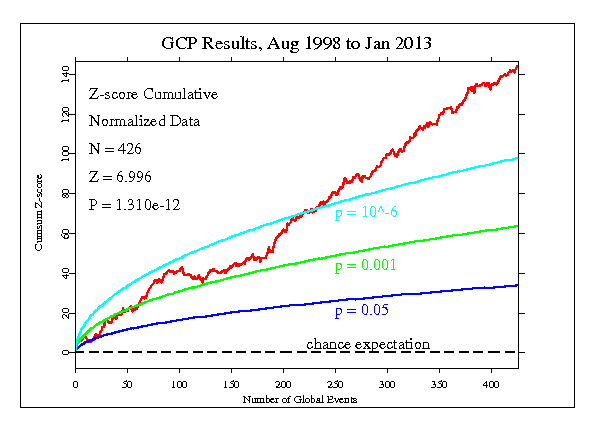



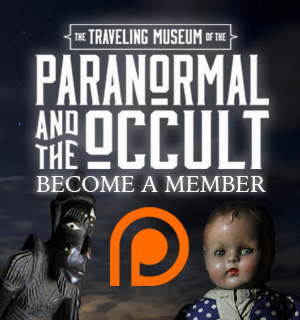
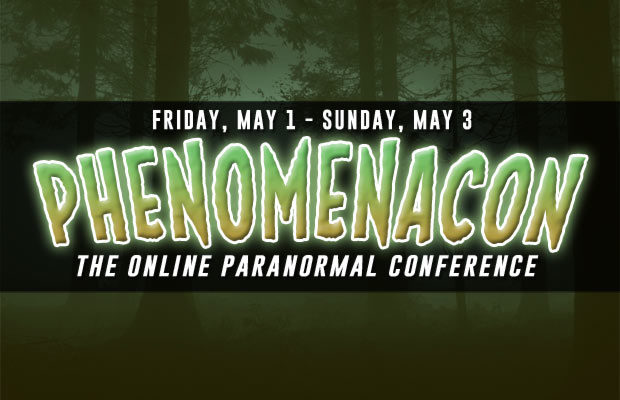


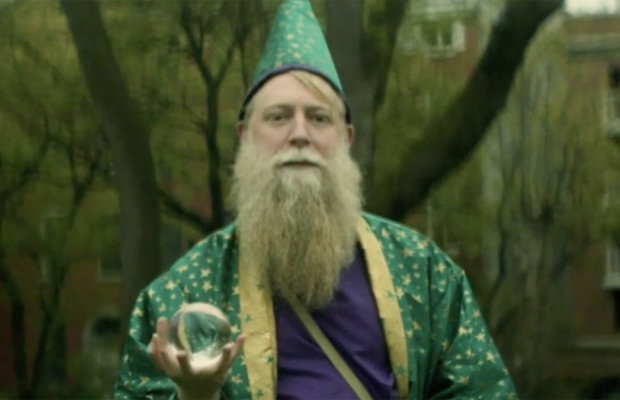

You must be logged in to post a comment Login